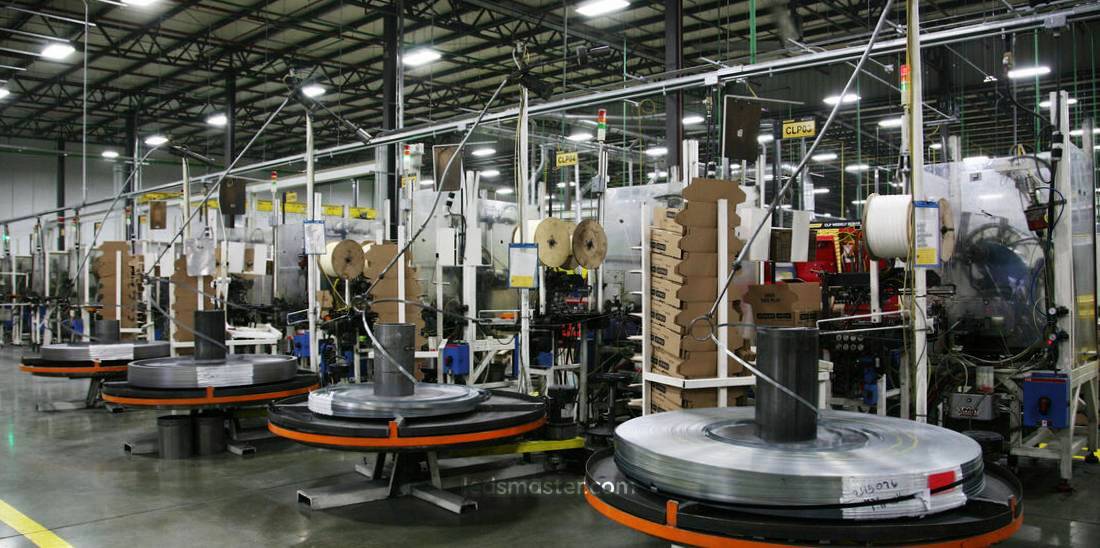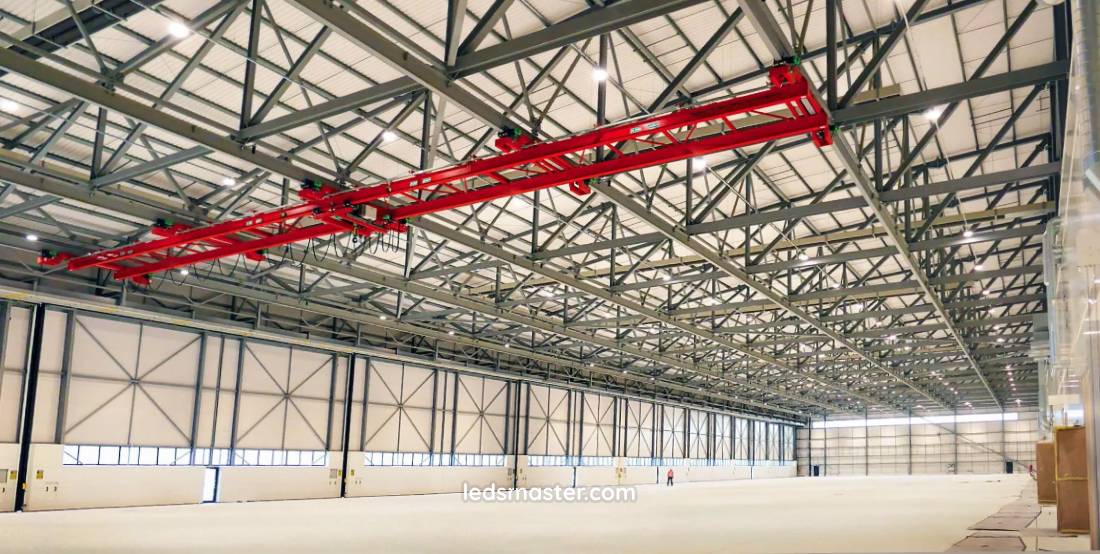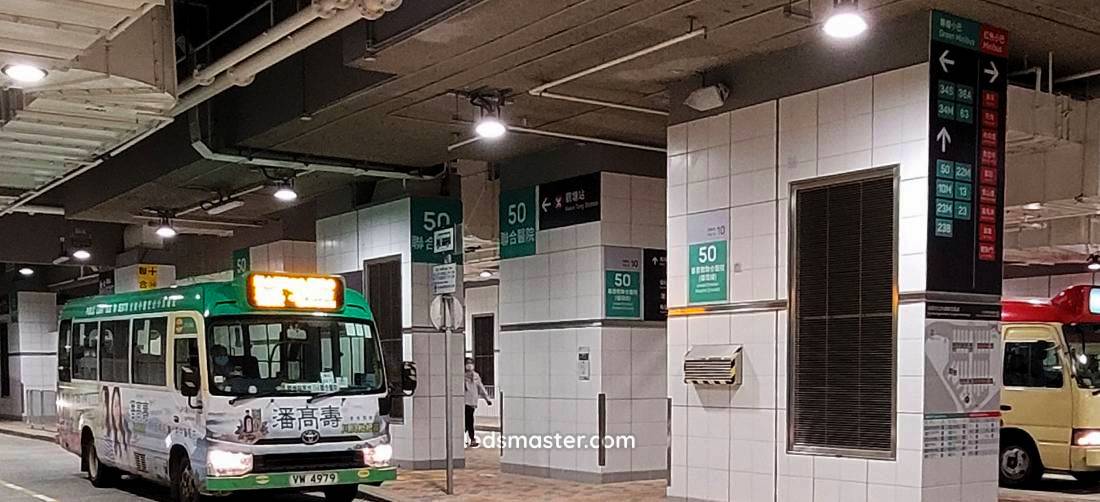High bay lighting, designed for high ceilings, is a popular choice for warehouses and factories. However, navigating the associated costs can be complex. From initial investments to long-term savings, understanding the financial aspects of high bay lighting is essential for businesses.
Get your complimentary lighting design today
High bay lighting serves a unique purpose in various commercial and industrial settings, providing bright illumination for spaces with high ceilings, such as warehouses, manufacturing plants, and gymnasiums. Understanding the costs associated with high bay lighting is vital for making informed purchasing and installation decisions.
| Cost Category | Description | Estimated Cost | Notes |
|---|---|---|---|
| Fixture Costs | |||
| LED High Bay Fixture | Average cost per fixture | $100 $300 | Long lifespan (100,000 hours), energy-efficient. |
| Fluorescent High Bay Fixture | Average cost per fixture | $50 $150 | Shorter lifespan (15,000 hours), less efficient. |
| Metal Halide High Bay Fixture | Average cost per fixture | $80 $200 | Good brightness, shorter lifespan (10,000 hours). |
| Additional Components | |||
| Mounting Hardware | Hardware for installation (brackets, clamps, etc.) | 10-20% of total fixture cost | Estimated on total fixture cost. |
| Reflectors | Reflectors to enhance light distribution | $20 $50 | Increases efficiency and light output. |
| Wiring | Electrical components for installation | $50 $100 | Varies based on project specifics. |
| Control Systems | |||
| Dimmers | Adjustable lighting control | $20 $100 | Enhances energy savings. |
| Motion Sensors | Automatic lighting control based on occupancy | $30 $150 | Reduces energy waste in unoccupied areas. |
| Installation Costs | |||
| Labor (Electrician) | Average hourly rate for licensed electricians | $50 $100/hour | Varies by region and complexity of installation. |
| Estimated Installation Time | Typical time required for installation (in hours) | 4 8 hours | Dependent on number of fixtures and layout. |
| Total Labor Cost | Estimated total labor cost | $200 $800 | Based on labor rate and time. |
| Operating Costs | |||
| Energy Consumption | Monthly energy cost for LEDs (example calculation) | $72/month (for 10 fixtures) | Calculation based on usage and electricity rates. |
| Maintenance Costs | |||
| LED Fixture Lifespan | Average lifespan in hours | 100,000 hours | Minimal replacements needed. |
| Fluorescent Fixture Lifespan | Average lifespan in hours | 15,000 hours | Requires more frequent replacements. |
| Metal Halide Fixture Lifespan | Average lifespan in hours | 10,000 hours | More maintenance required. |
| Long-Term Cost Considerations | |||
| Estimated ROI | Payback period based on savings | 5 years (for LEDs, example) | Longer ROI with initial investment for LEDs. |
| Insurance Savings | Potential savings due to improved safety | Varies (depends on provider) | Better lighting can lower premiums. |
Table of Contents
ToggleUnderstanding the various factors that influence high bay lighting costs is key for businesses to make informed decisions.

The initial purchase cost of high bay lighting varies significantly based on the type of lighting selected. LED fixtures generally carry a higher upfront cost compared to HID and fluorescent lights. However, considering the potential energy savings and longer lifespan of LEDs, they can be more economical in the long run. The choice of high bay lights should take into account the specific needs of the space, including the required brightness levels, energy efficiency, and installation conditions.
Installation costs can also vary depending on several factors, including the complexity of the installation and the labor rates in the area. Installing high bay lights may require specialized labor, especially for large-scale projects. The need for additional equipment, such as scaffolding or lifts, can further increase installation expenses. It is crucial to factor in these costs when budgeting for high bay lighting, as they can significantly affect the overall investment.
Operating costs encompass energy consumption and maintenance needs. The energy consumption of different lighting types varies considerably. LED lights typically consume less energy, translating to lower electricity bills over time. In contrast, HID and fluorescent lights may lead to higher energy costs due to their less efficient design. Maintenance costs also play a role in operating expenses. Regular inspections, cleaning, and replacement of bulbs and components contribute to ongoing costs associated with high bay lighting. Understanding these operating costs is vital for assessing the true value of each lighting option.
Examining long-term cost considerations helps businesses determine the best lighting solution for their needs.
The lifespan of high bay lighting options is a major factor in their overall cost-effectiveness. LED fixtures stand out with their extended lifespan, often exceeding 100,000 hours. This longevity means fewer replacements and lower maintenance costs over time. HID lights, with lifespans ranging from 15,000 to 24,000 hours, require more frequent replacements, which can drive up costs. Fluorescent fixtures fall somewhere in between, typically lasting 15,000 to 30,000 hours. Businesses should consider how often they will need to replace lighting when calculating the total cost of ownership for each option.

Energy efficiency plays a significant role in the return on investment (ROI) for high bay lighting. LED lights consume significantly less energy than their HID and fluorescent counterparts, which can lead to substantial savings on electricity bills. Over time, these savings can offset the higher initial purchase costs of LEDs, making them an attractive option for businesses looking to reduce operational expenses. A thorough analysis of energy consumption and potential savings can provide valuable insights into the long-term financial benefits of choosing energy-efficient lighting solutions.
The environmental impact of lighting choices is becoming increasingly relevant for businesses. LED lights are known for their reduced energy consumption and lower carbon footprint compared to traditional lighting options. Choosing energy-efficient lighting solutions contributes to sustainability goals and can enhance a company’s reputation. The potential for energy savings and reduced waste can also lead to cost benefits over time, aligning financial incentives with environmental responsibility.
Creating a budget for high bay lighting involves careful consideration of various factors that influence overall costs.

When setting a budget for high bay lighting, businesses should take a comprehensive approach. Consideration should be given to the initial purchase costs, installation expenses, and long-term operating costs. It is important to evaluate the specific needs of the facility, including the required brightness levels, the types of fixtures suitable for the environment, and any potential energy savings. Creating a detailed budget allows for better decision-making and helps ensure that the chosen lighting solution meets both financial and operational goals.
Businesses can adopt strategies to find cost-effective high bay lighting solutions. Researching suppliers and comparing prices can yield better deals and uncover options that fit within budget constraints. Additionally, considering bulk purchases or seeking out discounts can help reduce initial costs. Evaluating available rebates or incentives for energy-efficient lighting can also provide financial relief. Quality should not be compromised in pursuit of lower prices, as investing in durable, efficient lighting ultimately leads to savings in the long run.
The total cost of ownership (TCO) for high bay lighting goes beyond the initial purchase price. It encompasses all costs associated with acquiring, operating, and maintaining lighting over its lifespan. Evaluating TCO helps businesses identify which lighting options offer the best long-term value.
The initial investment for high bay lighting typically includes the purchase price of the fixtures and installation costs. This upfront expenditure is critical in determining the overall budget for a lighting project. While LED lights may have a higher purchase price compared to HID or fluorescent options, their energy efficiency and longevity often result in lower operating costs, leading to a more favorable TCO over time.
Operating costs are a key component of TCO and can significantly impact the overall financial analysis of high bay lighting. This includes energy consumption, which varies between different types of lighting technologies. LEDs, with their low wattage requirements, tend to have the lowest operating costs, followed by fluorescent and HID lights.
Maintenance costs should also be considered. Regular maintenance, including cleaning and replacing bulbs, contributes to the overall TCO. LED fixtures, with their longer lifespans, typically require less frequent maintenance than HID or fluorescent lights, making them more cost-effective in the long run.
Lifespan plays a significant role in TCO calculations. As mentioned earlier, LED lights can last up to 100,000 hours or more, while HID lights may last only 15,000 to 24,000 hours. The need for frequent replacements not only incurs additional costs but also adds labor expenses and potential downtime during replacements. By factoring in these replacement costs, businesses can better understand the long-term financial implications of their lighting choices.
Calculating the return on investment (ROI) for high bay lighting is essential for justifying the upfront costs associated with purchasing and installing new lighting systems.
To calculate ROI, businesses can begin by determining the total initial investment, which includes the cost of fixtures, installation, and any additional equipment required. Next, estimate the annual energy savings associated with the new lighting system compared to the previous setup. This requires analyzing the wattage of the old fixtures versus the new ones and estimating annual operating hours.
Example Calculation of ROI for Different Lighting Types
| Parameter | HID Lighting | LED Lighting |
|---|---|---|
| Number of Lights | 100 | 100 |
| Wattage per Light | 400 watts | 150 watts |
| Total Wattage | 40,000 watts (100 x 400) | 15,000 watts (100 x 150) |
| Energy Savings (kW) | 25,000 watts (40,000 – 15,000) | — |
| Operating Hours per Day | 12 hours | 12 hours |
| Days per Year | 365 days | 365 days |
| Electricity Cost | $0.10 per kWh | $0.10 per kWh |
| Annual Energy Savings ($) | $10,950 (25 kW x 12 x 365 x $0.10) | — |
The payback period is another important metric for evaluating high bay lighting investments. It represents the time required for the energy savings to cover the initial investment. Using the earlier example, if the initial investment for the LED retrofit was $25,000, the payback period would be calculated as follows:
Payback Period Calculation Table
| Parameter | Value |
|---|---|
| Initial Investment | $25,000 |
| Annual Energy Savings | $10,950 |
| Payback Period Calculation | $25,000 ÷ $10,950 ≈ 2.28 years |
This analysis shows that the investment in LED lighting would be recouped in approximately 2.28 years through energy savings alone. Businesses can use this information to make informed decisions about their lighting investments.
Evaluating the cost of high bay lighting involves considering various factors, including the types of fixtures available, installation costs, operating expenses, and long-term financial implications. By understanding the total cost of ownership and calculating ROI, businesses can make informed decisions that align with their operational and financial goals. Advancements in lighting technology continue to reshape the landscape, providing opportunities for increased efficiency and savings. Exploring different options and engaging in thorough analysis can help businesses achieve the best results for their lighting investments.